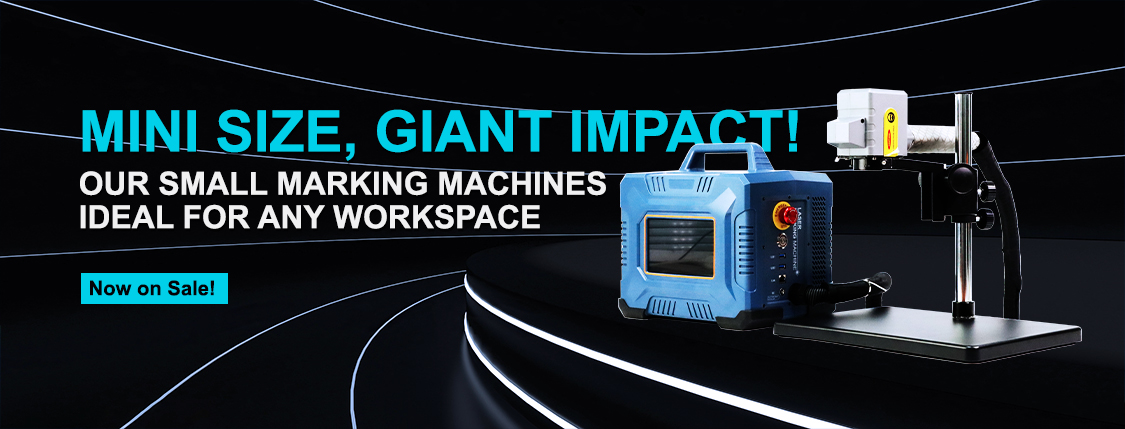Influencing elements of inductance saturation
A key query is how to make sure "fast enough", that is, what elements affect switching off the tube rapidly to keep away from the penalties of inductance saturation? This may also be the last determinant of the quantity and charge of the inductor, so it is vital to have a exact appreciation of the response time issue.
1. All present day limiting loops require a positive time response. There is a constant (internal) "propagation delay" when the overcurrent sign flows via the IC's comparator, operational amplifier, degree switch circuit, force circuit, etc. to the IC pin pressure switch.
2. If the IC controller (not built-in swap IC, that is, the interior built-in change tube), then the change tube and the driver (generally built-in in IC) have a sure bodily distance. This is due to the fact the PCB wiring's parasitic inductors will suppress surprising modifications in current, so there is an extra lengthen earlier than the IC output's off sign reaches the change tube grid/base.
3. Theoretically, even if the cutting-edge limiting loop can at once reply to the overcurrent state of affairs and the parasitic inductance of the line can be ignored, the switching tube nonetheless wants some time to entire the shutdown. During this time, if the inductance is saturated, it will no longer be capable to guard or restriction the modern spike via the transistor at the enter DC voltage -- maybe exceeding the contemporary restriction limit.



